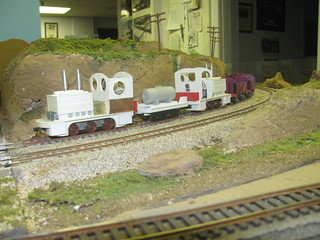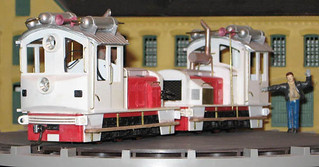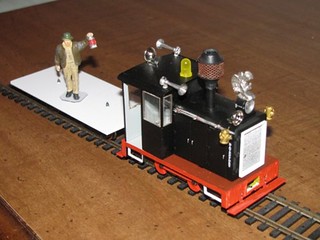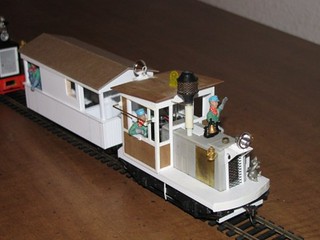Quote from: jonathan on June 19, 2016, 08:27:02 PMAhh, some cars down at model RR club, including some of my cars there, are showing the effects of use. Will have to use this idea.
I made the stirrup steps from brass flat bar stock. They are quite sturdy.
What are specifics on how the steps are attached?

 It doesn't take long to learn and is most beneficial when laying track and wiring.
It doesn't take long to learn and is most beneficial when laying track and wiring.











